Pennsylvania is packed with historical sites. Whether you want to get to know the Founding Fathers a little better, enjoy incredible views of cities like Pittsburgh or explore the history of places like Erie, there is no shortage of attractions to choose from. If you’re planning a trip to Pennsylvania, include as many of these historic sites as your itinerary will allow.
Independence Hall
In Philadelphia’s Old City, one of the most historic parts of the city, you’ll find Independence Hall. Within this hall, which was once known as the Pennsylvania State House, the Declaration of Independence was formally adopted. That makes this destination one of the most historically significant spots in the entire country! It is just next to the National Constitution Center and Congress Hall, where the Bill of Rights was ratified. No trip to Philadelphia is complete without a tour of this iconic landmark.
Gettysburg
Between July 1st and July 3rd in 1863, the largest land battle ever fought in North America took place in Pennsylvania. This battle was one of the bloodiest of the Civil War, and it was a turning point for the Confederacy. Today, you can visit the Gettysburg National Military Park. It’s a scenic destination complete with a heritage center, a museum and a visitor’s center. Gettysburg is a must for history buffs.
The Liberty Bell
Head back to the City of Brotherly Love to see the Liberty Bell, located within Philadelphia’s Independence National Historical Park. The bell was forged in 1752 but famously cracked while ringing its arrival in Philadelphia. It was rung to mark the reading of the Declaration of Independence, and it later toured the country to unify the North and the South after the Civil War.
Erie Maritime Museum
The city of Erie is located on the shores of Lake Erie, and it is the only true lake port in Pennsylvania. Erie has always been influenced by its location on the Great Lakes, and the Erie Maritime Museum is a fantastic way to explore that history. The star of the museum is the U.S.S. Niagara, a 19th century warship that is usually docked right in front of the museum.
Fort Ligonier
The small borough of Ligonier is located an hour’s drive east of Pittsburgh and is home to a charming downtown square known as the Diamond. The biggest historical site in the borough, however, is Fort Ligonier. Constructed in 1758, the fort was used during the French and Indian War. Although use of the fort ended in 1766, the structure has been reconstructed and is now open to the public. There’s also a Fort Ligonier Museum as well as a three-day festival each October remembering the fort’s significance.
Johnstown Flood Museum
Roughly halfway between Pittsburgh and Harrisburg is Johnstown. While there is lots to see and do in Johnstown, the city’s biggest attraction is the Johnstown Flood Museum. On May 31st, 1899, the South Fork Dam collapsed. Water from Lake Conemaugh rushed into Johnstown, then a town with more than 30,000 residents. Over 2,2000 residents died that day, and the flood museum and memorial honors them and tells their stories.
Valley Forge
During the Revolutionary War, British forces captured Philadelphia. General George Washington left with more than 12,000 soldiers to spend the winter in Valley Forge, just 19 miles away from Philadelphia. Today, history buffs can explore Valley Forge National Historical Park and see George Washington’s headquarters as well as recreated log cabins where soldiers lived over the long winter. The park is also a popular place for outdoor recreation like hiking, fishing and birdwatching.
Flight 93 National Memorial
On September 11th, 2001, one of the four hijacked planes was supposed to crash into the U.S. Capitol Building. Thanks to the brave actions of the crew and passengers onboard the flight, the horrific planned attack was foiled. The Flight 93 National Memorial in Stoystown, Pennsylvania, honors those brave men and women. Tower of Voices is a monument that stands 93 feet tall and contains 40 wind chimes that sing out over the rural landscape.
The Duquesne Incline
If you want to experience some of the best views in the city of Pittsburgh, then the Duquesne Incline is the right choice. The inclined railroad scales Mt. Washington in the South Side neighborhood of the Steel City. The incline was originally built in 1877 to carry cargo up and down the mountain, but now it is a popular way to soak in the scenery. From the top, you’ll be able to see down all three of the river valleys in Pittsburgh.
Washington Crossing
One of the most historically significant sites of the American Revolution is what is now known as Washington Crossing Historic Park. On the banks of the Delaware River that separates Pennsylvania from New Jersey, Washington Crossing is a large park made up of more than 500 scenic acres. It marks the spot where General George Washington famously crossed the Delaware in the dead of night, marched into Trenton with his army and turned the tide for the American Revolution. Visitors can tour the park, the visitor’s center and a village of historic homes.
Pennsylvania is certainly not short on historic landmarks. With so much to see, do and explore, it’s easy to see why Pennsylvania is such a popular destination for history enthus+iasts.
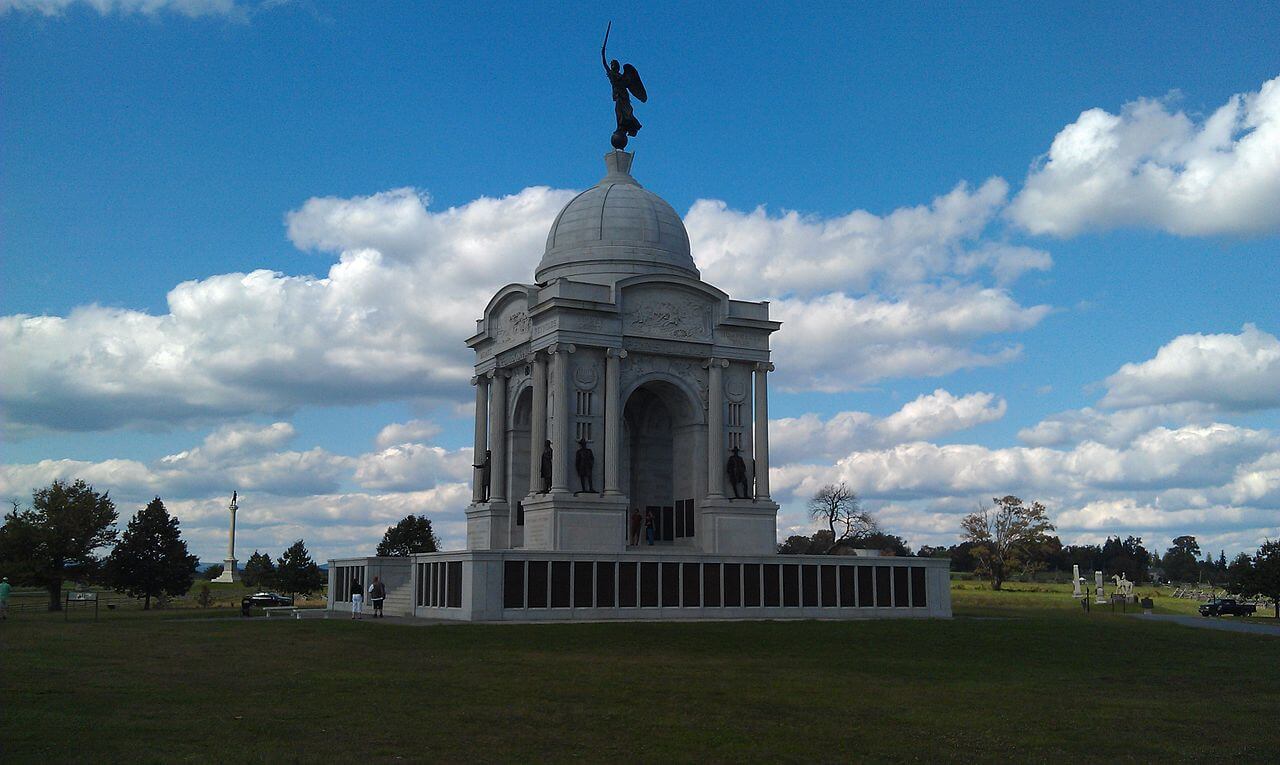
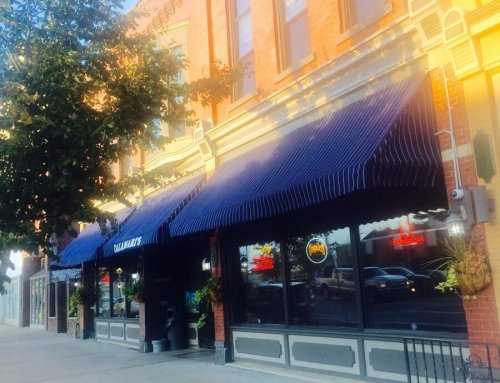
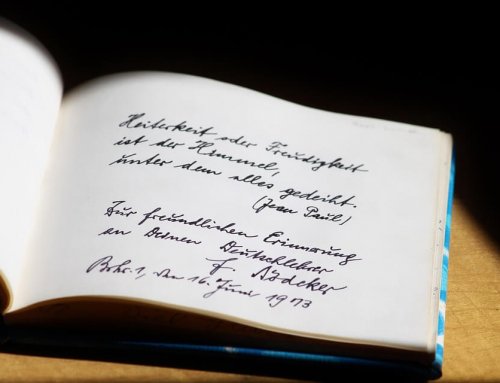
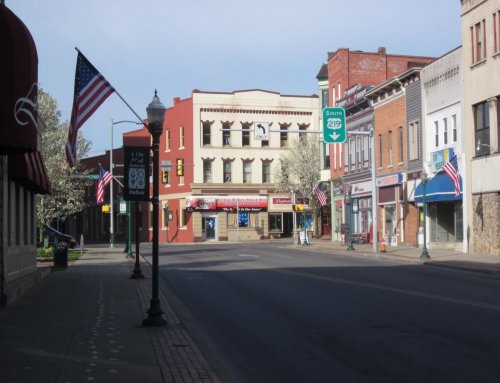

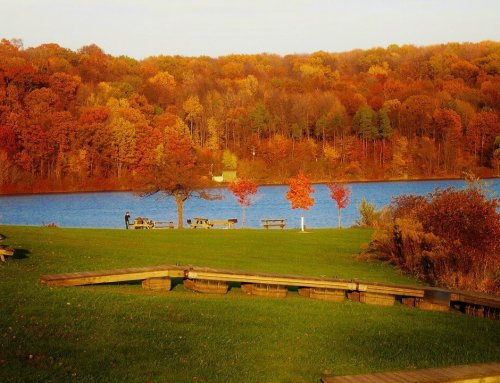
Leave A Comment